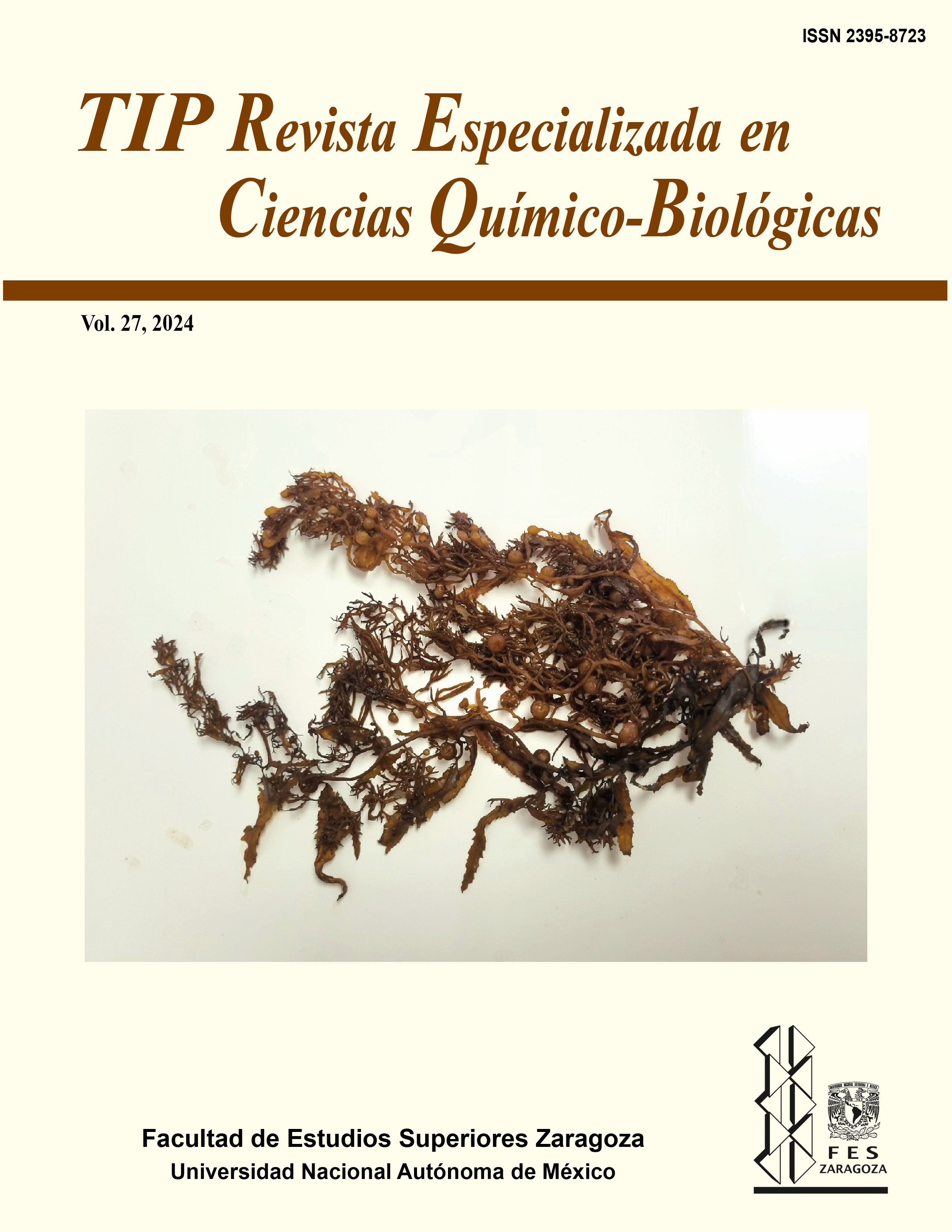Abstract
Lactic acid fermentation (LAF) of papaya is a biotechnological strategy that has been understudied, although it holds great potential. Nevertheless, it can be of interest for various opportunities across industries, transforming this fruit into a valuable resource. The aim of this review article is to focus on the impact on antioxidant capacity, health benefits, and the valorization of papaya byproducts through LAF. LAF is a strategy to promote an increase in the concentration of antioxidant compounds, such as phenolic compounds in papaya. Lactic acid bacteria (LAB) release and modify these compounds during fermentation, potentially enhancing their antioxidant capacity. Products generated from the LAF of papaya have shown potential anti-hypercholesterolemic effects, antiviral properties, and the production of protein hydrolysates with antioxidant potential. Papaya leaves, peels, and waste can be revalorized using LAF to extract bioactive compounds of interest for the pharmaceutical, cosmetic, or food industries. Papaya is a good source of fiber and simple sugars, and given the great diversity of LAB, the development of prebiotics and the selection of possible probiotics adapted to plant media are feasible. Although significant progress has been made in understanding its health benefits and byproduct valorization, further research is needed to comprehend its scope and develop specific products fully.
TIP Magazine Specialized in Chemical-Biological Sciences, distributed under Creative Commons License: Attribution + Noncommercial + NoDerivatives 4.0 International.



